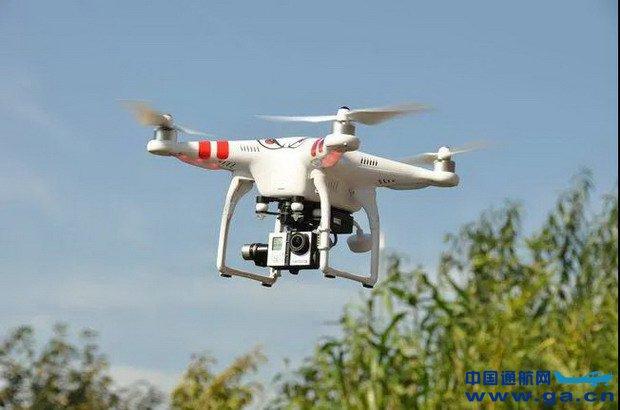 , one cannot overlook their vital role in the hive community. Drone bees, characterized by their robust appearance and distinct lack of a sting, serve primarily as the male members of a bee colony. They are essential for mating with the queen bee to ensure the continuation and genetic diversity of the hive. This exploration of their contributions and unique characteristics provides insight into the life cycle and intricate social dynamics of bee colonies.
, one cannot overlook their vital role in the hive community. Drone bees, characterized by their robust appearance and distinct lack of a sting, serve primarily as the male members of a bee colony. They are essential for mating with the queen bee to ensure the continuation and genetic diversity of the hive. This exploration of their contributions and unique characteristics provides insight into the life cycle and intricate social dynamics of bee colonies.The Unique Functionality of Drone Bees
Unlike worker bees, drone bees do not have the responsibility of foraging or nurturing the larvae. Instead, they have a singular focus: reproduction. Their life begins when a hive needs to propagate, and they are produced in larger numbers during the spring and summer seasons. The hive invests considerably in nurturing these drones, knowing their worth during mating flights. Drone bees fly out of the hive to congregate in aerial ‘drone congregation areas’, waiting for the presence of a queen. Upon identifying a suitable queen, competition ensues, where only a few privileged drones succeed in mating, sacrificing their lives afterwards as the act renders them unable to survive.

Mating Rituals and Genetic Contributions
Drone bees play a crucial role in the genetic mix of a colony. As they mate mid-air with the virgin queen, they contribute significantly to her genetic diversity, which can affect traits like disease resistance and productivity levels within the colony. Understanding this aspect is crucial for beekeepers aiming to cultivate resilient colonies. This contributes to a robust and varied gene pool that supports the longevity and success of the hive.
Interestingly, drones do not work inside the hive like their hardworking sisters, the worker bees. Their existence revolves around the primary task of fertilization, which emphasizes the survival of the bee colony through genetic dissemination rather than direct labor. Despite their seemingly limited role, drone bees are purpose-built for their duties, with larger eyes and body structures aiding them in their quest during mating and navigation.
Drone Bees’ Lifespan and Hive Economics
The economics within a beehive is a delicate balance. Drone bees, while non-foraging, are essential during certain periods of the colony’s growth. However, they are often expelled from the hive come autumn due to nectar scarcity and the colony’s need to preserve resources for the winter. This expulsion is a testament to how each bee has a meticulously woven role and timeframe within the colony.
Beekeepers and enthusiasts may find it surprising that despite their drone bee’s apparent lack of utility, their contribution is invaluable. It is the drone bees that determine the genetic future of colonies, making them an integral albeit seasonal component.
FAQs About Drone Bees
- What happens to drone bees in winter? Drone bees are typically expulsed from the hive before winter as they do not contribute to the hive’s essential winter activities and because resources become scarce.
- Do drone bees sting? No, drone bees do not possess a sting, which makes them harmless to humans.
- How can you identify drone bees? Drone bees are larger than worker bees, have rounded bodies, and notably larger compound eyes suited for mating flights.